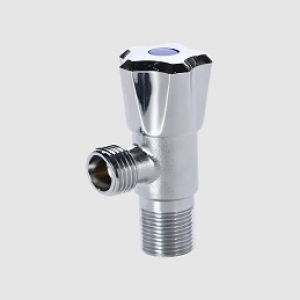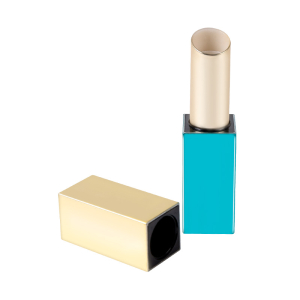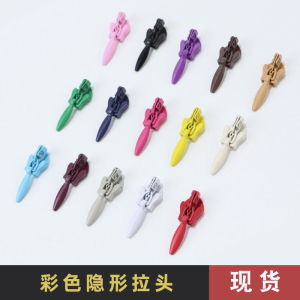A vacuum circuit breaker (VCB) is a type of electrical switchgear that operates by isolating a circuit under fault conditions. It is primarily used in medium-voltage applications to protect electrical circuits from overcurrents and short circuits.
The core component of a VCB is its vacuum interrupter. Inside this interrupter, electrical contacts are enclosed in a vacuum. When the circuit breaker operates, the contacts open and close within this vacuum environment. The absence of air ensures that the arc generated when contacts separate is quickly extinguished, which minimizes damage and wear.
Vacuum circuit breakers are favored for their durability and low maintenance needs. The vacuum environment prevents the formation of an arc, which helps in reducing contact wear compared to other types of circuit breakers. Additionally, VCBs are compact and can be easily integrated into various electrical systems.
These breakers are used in various settings, including industrial plants, commercial buildings, and utilities. Their reliable performance and minimal maintenance requirements make them a practical choice for many medium-voltage applications.






